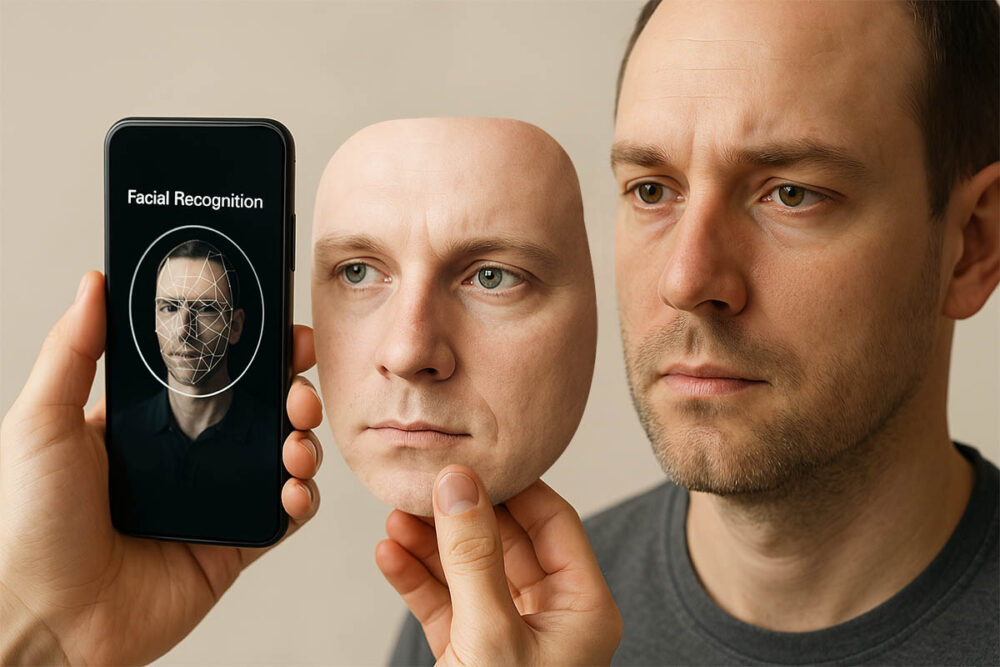Why Biometrics Is the Biggest Scam of the 21st Century
Biometric authentication is rapidly replacing traditional passwords and PIN codes, offering a more convenient and, as commonly believed, more reliable way to verify identity. Fingerprints, facial features, voice, and even ear shape have all become part of the modern digital landscape.
However, the rapid spread of these technologies has not come without consequences: as convenience increases, so does the level of abuse. Criminal interest in biometrics is no longer hypothetical—criminals are increasingly exploiting its vulnerabilities in real-world attacks.
Biometric Fraud on the Rise
According to Europol, the number of incidents involving the deception of biometric systems has risen significantly. The main focus of attackers is on so-called presentation attacks. These involve forging or imitating biometric features to trick authentication systems.
A simple example is a silicone copy of a fingerprint, made from a photograph or a physical sample. Such fakes can be created at home using readily available materials, and modern 3D printers allow for even more accurate replicas.
Facial recognition systems are also vulnerable. Criminals use silicone masks, makeup, software-based morphing algorithms, and deepfake technologies. The latter not only alter images but can also synthesize voices, imitating a specific person’s speech.
These methods are actively used to bypass security systems, including those in banking and government services. For example, there have been documented cases of deepfakes being used to circumvent identification in remote service systems.
Beyond Data Forgery: New Threats
As Europol notes, the vector of abuse is no longer limited to data forgery. There is also the extraction of biometric profiles, which can be used for tracking, blackmail, or even mass surveillance.
Technologies designed to strengthen security, in the hands of criminals, become tools for attack. Once compromised, biometric data cannot be replaced—unlike a password, a fingerprint or facial structure remains unchanged for life.
Countering New Threats
To counter these new threats, law enforcement agencies need to go beyond traditional responses. Europol emphasizes the importance of close collaboration with researchers and security experts.
Working together allows not only for the prediction of attack vectors but also for the rapid implementation of protective measures. This includes threat monitoring, timely algorithm updates, as well as mandatory labeling and analysis of incidents involving the bypassing of biometric systems.
Special attention should be given to raising awareness among police officers, investigative experts, and technical specialists. Understanding the specifics of biometric attacks, recognizing signs of their use, and having the skills to work with biometric data during investigations are becoming critically important. This is not only about protecting systems but also about the legal classification of such crimes, which is still far from perfect.
The Need for a Unified Strategy
The Europol report stresses: without an adequate response from law enforcement, society risks losing trust in biometrics as a technology of the future.
As cybercrime reaches a new level, not only technical solutions are needed, but also the development of a clear strategy that unites the efforts of government, business, and the scientific community. Only in this way can we maintain the balance between security and convenience that was the original promise of biometric technologies.



